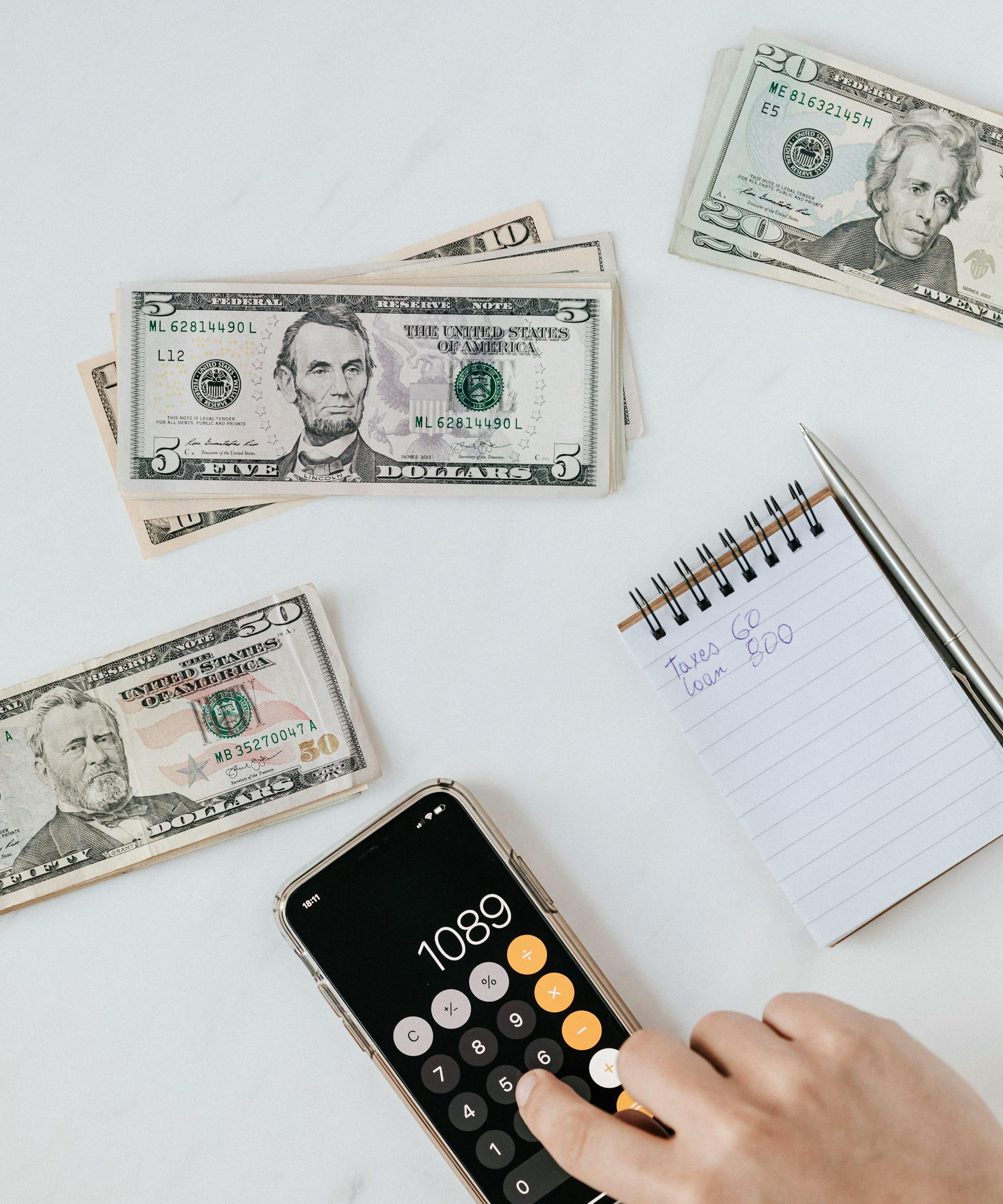How I Paid Off $20,000 In Debt The Year Before I Got Married
By the age of 30, the average millennial will be $115,784 in debt. That number increases to $154,658 for Gen Z. Here’s how you can pay it off.

When my husband and I reached that “talking about marriage” level in our relationship, I knew it was time to buckle down and address my finances. My goal was to enter into marriage with as little debt as possible. It’s important to address or at least acknowledge the baggage that we might bring into marriage, and my poor financial choices were something I finally had to face. Thankfully, unlike 62% of Gen Zers, this wasn’t a dealbreaker in our relationship.
Given that my boyfriend hadn’t touched his school loans in years, had no idea if he had a retirement account, and had never owned a credit card, I knew that I would take the lead on finances in our marriage, but I didn’t want to wait to set us up for financial security and freedom. So, the year before we got married, I paid off $20,000 in debt. Here’s what worked for me.
Breaking It Down into Bite-Size Snacks
To start, I consumed financial guru Dave Ramsey's content like it was my job, particularly his podcast. Hearing the success of others not only motivated me but made me believe becoming debt free was actually realistic – and one of the big things he preaches is the importance of being debt free. I don’t agree with everything Ramsey says, which I’ll spell out below, but if you’re just beginning this journey, he’s a great place to start. One of the ways many people start tackling their debt is with something called the snowball method, but here’s the thing – you have to make it work for you.
So, let’s talk numbers. A year before getting married, I had $37,000 remaining from student loan debt, the majority from grad school. Let me say upfront that the way I handled loans during grad school was the worst financial decision I ever made. I didn’t bother looking into scholarships or grants and took out loans like they were on sale. (Girl Math would be: loans = free money.) That $37,000 was broken into seven different loans of varying costs.
The snowball method is simply tackling either the lowest loan or the loan with the highest interest rate first, and paying extra on that specific loan until it’s paid off, while you continue making the minimal payments on your other loans. Once that loan is paid off, you roll the money you were putting toward it to your next one, likely motivated by that sweet, sweet high that only comes with financial freedom.